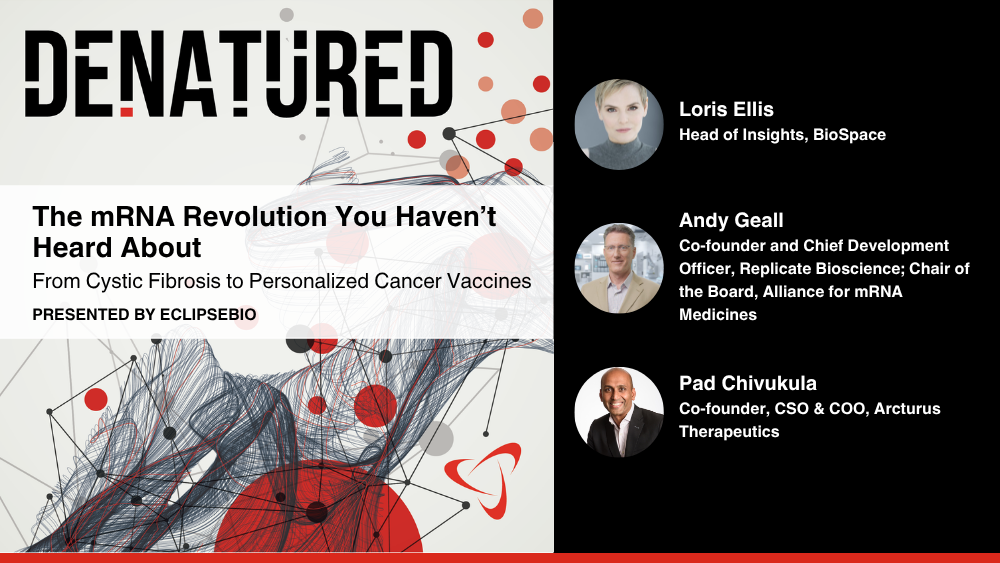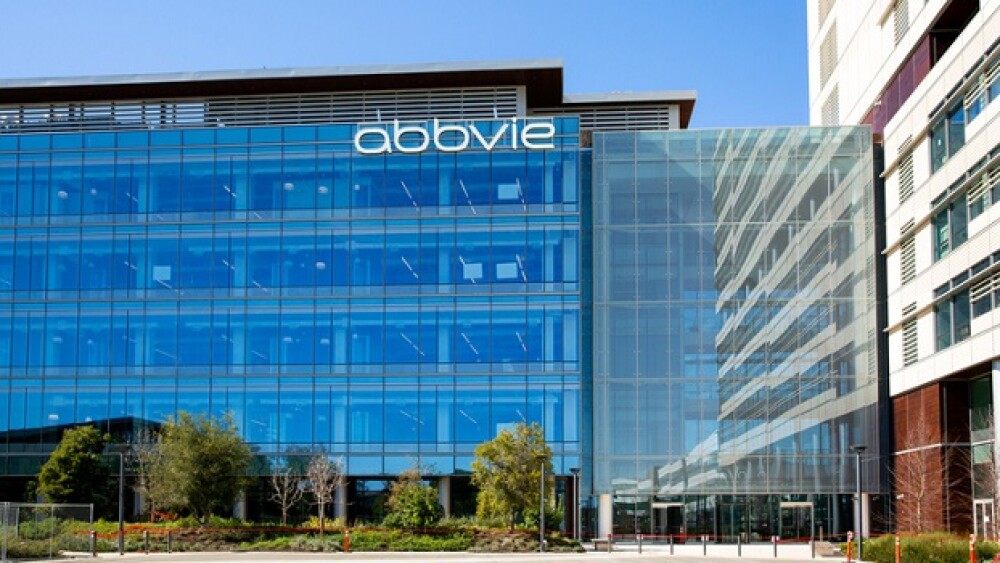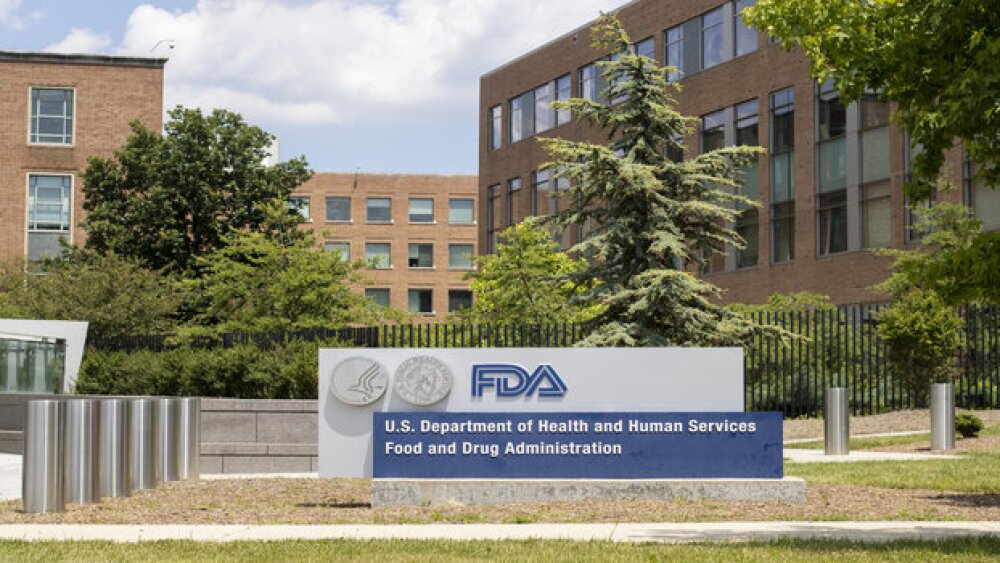"We are pleased that Albuferon met its primary endpoint in the ACHIEVE 2/3 trial. These Phase 3 data show that the efficacy of Albuferon was comparable to Pegasys, with half the injections," said H. Thomas Watkins, President and Chief Executive Officer, HGS. "We look forward to having the results of ACHIEVE 1, our other Phase 3 trial of Albuferon, in March 2009. If ACHIEVE 1 is successful, we believe Albuferon could become the market-leading interferon for the treatment of chronic hepatitis C, and we expect that global marketing applications will be filed by fall 2009."
David Nelson, M.D., Professor of Medicine, Medical Director of Liver Transplantation, and Chief of the Hepatobiliary Disease Section, University of Florida, said, "Chronic hepatitis C represents a significant unmet medical need. These Phase 3 results suggest that albinterferon alfa-2b has the potential to become an important new treatment option for patients with chronic hepatitis C. Albuferon requires half as many injections as the pegylated interferons, and clinical results to date suggest that it may offer comparable efficacy, with no difference in clinically significant adverse events. The observed variation in response by geography is an unexpected finding and requires further analysis. We look forward to results from the ACHIEVE 1 trial, which is evaluating albinterferon alfa-2b in the treatment of patients with genotype 1 hepatitis C."
In the randomized, multi-center, active-controlled non-inferiority Phase 3 trial, 933 treatment-naive patients with genotypes 2 and 3 chronic hepatitis C were initially assigned to one of three treatment groups, including two groups that received albinterferon alfa-2b once every two weeks at doses of 900-mcg or 1200-mcg, and an active control group that received peginterferon alfa-2a once weekly at a dose of 180-mcg - with all patients receiving oral ribavirin daily at 800-mg in two divided doses. In January 2008, a dose modification was made and patients originally assigned to receive the 1200-mcg dose of albinterferon alfa-2b had their dose reduced to 900-mcg albinterferon alfa-2b every two weeks. The dose modification was recommended by the independent Data Monitoring Committee (DMC) for the Albuferon Phase 3 trials, following their observation during a routine review of unblinded data from both trials that serious pulmonary adverse events were higher in the 1200-mcg Albuferon treatment group. Following the dose modification, the study continued to follow all patients randomized into the trial on an intention-to-treat (ITT) basis according to their original dose assignment. The primary data analysis compares the 900-mcg albinterferon alfa-2b treatment group to the peginterferon alfa-2a treatment group. The trial included 24 weeks of treatment, and the primary efficacy endpoint was non-inferiority to peginterferon alfa-2a, based on a comparison of the rate of SVR, defined as undetectable viral load (HCV RNA < 10 IU/mL) at Week 48 (24 weeks following completion of treatment).
"We are encouraged that albinterferon alfa-2b met the primary efficacy endpoint of non-inferiority to peginterferon alfa-2a in the ACHIEVE 2/3 study," said David C. Stump, M.D., Executive Vice President, Research and Development, HGS. "These data show that the rate of sustained virologic response was comparable for the treatment group receiving the 900-mcg dose of albinterferon alfa-2b every two weeks, versus the treatment group receiving the standard dose of peginterferon alfa-2a once weekly. Importantly, the number of serious and severe adverse events, including pulmonary adverse events, was also comparable. When we have ACHIEVE 1 results in March, we will be in a position to assess the full therapeutic potential of albinterferon alfa-2b."
Key Findings from ACHIEVE 2/3
The topline ACHIEVE 2/3 results include the following key findings:
Treatment Group Receiving Albinterferon Alfa-2b 900-mcg Every Two Weeks, vs. Treatment Group Receiving Peginterferon Alfa-2a 180-mcg Every Week
* Based on an ITT analysis of the treatment group assigned to receive 900-mcg albinterferon alfa-2b every two weeks, the topline results demonstrate that albinterferon alfa-2b met its primary efficacy endpoint of non-inferiority to peginterferon alfa-2a, with 79.8% (249/312) of patients achieving SVR in the 900-mcg albinterferon alfa-2b treatment group, vs. 84.8% (263/310) in the peginterferon alfa-2a treatment group (p=0.0086 for non-inferiority). * By region, SVR rates were * North America: 82.5% (85/103) for 900-mcg albinterferon alfa-2b, vs. 81.5% (88/108) for peginterferon alfa-2a; * Asia: 79.8% (75/94) for 900-mcg albinterferon alfa-2b, vs. 95.5% (85/89) for peginterferon alfa-2a; * Europe: 78.1% (64/82) for 900-mcg albinterferon alfa-2b, vs. 81.7% (67/82) for peginterferon alfa-2a; * Other regions: 75.8% (25/33) for 900-mcg albinterferon alfa-2b, vs. 74.2% (23/31) for peginterferon alfa-2a. * Patients receiving 900-mcg albinterferon alfa-2b had comparable rates of serious adverse events, severe adverse events, and discontinuations due to adverse events, vs. peginterferon alfa-2a. * The incidence of severe and/or serious adverse events was comparable between the two groups, with 17.3% (54/313) in the albinterferon alfa-2b 900-mcg treatment group, vs. 17.5% (54/309) in the peginterferon alfa-2a treatment group. * The incidence of severe and/or serious pulmonary adverse events was also comparable between these groups: severe and/or serious pulmonary infections were 0.6% (2/313) for 900-mcg albinterferon alfa-2b, vs. 0.6% (2/309) for peginterferon alfa-2a; and severe and/or serious respiratory, thoracic or mediastinal disorders were 1.0% (3/313) for 900-mcg albinterferon alfa-2b, vs. 1.3% (4/309) for peginterferon alfa-2a. * Overall, adverse events observed were those typically associated with interferon therapy, and the rate of discontinuations due to adverse events was comparable: 4.8% (15/313) for 900-mcg albinterferon alfa-2b, vs. 3.6% (11/309) for peginterferon alfa-2a.
Treatment Group Originally Randomized to Receive Albinterferon Alfa-2b 1200-mcg Every Two Weeks and Reduced to 900-mcg Following January 2008 Dose Modification, vs. Treatment Group Receiving Peginterferon Alfa-2a 180-mcg Every Week
Due to the dose modification announced in January 2008, patients in the treatment group originally randomized to receive albinterferon alfa-2b 1200-mcg every two weeks had their dose modified to 900-mcg albinterferon alfa-2b every two weeks. All patients had completed at least 12 weeks of treatment at the time of the dose modification. Data from all three treatment groups in the ACHIEVE 2/3 study were analyzed according to the original dose assignment. The following topline results for the treatment group originally randomized to receive 1200-mcg albinterferon alfa-2b every two weeks did not impact the primary analysis comparing the 900-mcg albinterferon alfa-2b treatment group to the peginterferon alfa-2a treatment group.
* Based on an ITT analysis of results for the treatment group originally randomized to receive 1200-mcg albinterferon alfa-2b every two weeks, 80.0% (248/310) of patients in this treatment group achieved SVR, vs. 84.8% (263/310) in the peginterferon alfa-2a treatment group, which statistically demonstrated non-inferiority (p=0.0059). * The incidence of severe and/or serious adverse events was comparable between the two groups, with 16.8% (52/310) in the treatment group originally randomized to receive 1200-mcg albinterferon alfa-2b every two weeks, vs. 17.5% (54/309) in the peginterferon alfa-2a treatment group. * The incidence of severe and/or serious pulmonary adverse events was also comparable between these groups: severe and/or serious pulmonary infections were 1.3% (4/310) in the treatment group originally randomized to receive 1200-mcg albinterferon alfa-2b, vs. 0.6% (2/309) in the peginterferon alfa-2a treatment group; severe and/or serious respiratory, thoracic or mediastinal disorders were 1.6% (5/310) in the treatment group originally randomized to receive 1200-mcg albinterferon alfa-2b, vs. 1.3% (4/309) in the peginterferon alfa-2a treatment group. * Overall, adverse events observed were those typically expected with interferon therapy. The incidence of discontinuations due to adverse events was 5.5% (17/310) in the treatment group originally randomized to receive 1200-mcg albinterferon alfa-2b every two weeks, vs. 3.6% (11/309) in the peginterferon alfa-2a treatment group.
About Albinterferon Alfa-2b (Albuferon)
Albinterferon alfa-2b is a novel, longer-acting form of interferon alfa that was created using the proprietary HGS albumin-fusion technology. Human albumin is the most prevalent naturally occurring blood protein in the human circulatory system, persisting in circulation in the body for approximately 19 days. Research has shown that genetic fusion of therapeutic proteins to human albumin decreases clearance and prolongs the half-life of the therapeutic proteins. Albuferon results from the genetic fusion of human albumin and interferon alfa.
Albuferon is being developed by HGS and Novartis for the treatment of chronic hepatitis C under an exclusive worldwide co-development and commercialization agreement entered into in June 2006. HGS and Novartis will co-commercialize Albuferon in the United States and will share clinical development costs, U.S. commercialization costs and U.S. profits equally. Novartis will be responsible for commercialization in the rest of the world and will pay HGS a royalty on those sales. Clinical development, commercial milestone and other payments to HGS could total as much as $507.5 million, including $132.5 million received to date.
About Hepatitis C
Hepatitis C is an inflammation of the liver caused by the hepatitis C virus. It is estimated that as many as 170 million people worldwide are infected with hepatitis C virus. This includes nearly four million people in the United States. When detectable levels of HCV persist in the blood for at least six months, a person is diagnosed with chronic hepatitis C. Hepatitis C virus can cause serious liver disease, leading to cirrhosis, primary liver cancer and even death.
Conference Call
HGS management will hold a conference call to discuss this announcement today at 8:15 AM Eastern. Investors may listen to the call by dialing 888-215-6982 or 913-312-0389, passcode 7154642, five to 10 minutes before the start of the call. A replay of the conference call will be available within a few hours after the call ends. Investors may listen to the replay by dialing 888-203-1112 or 719- 457-0820, confirmation code 7154642. Today's conference call also will be webcast and can be accessed at www.hgsi.com. Investors interested in listening to the live webcast should log on before the conference call begins to download any software required. Both the audio replay and the archive of the conference call webcast will remain available for several days.
About Human Genome Sciences
The mission of HGS is to apply great science and great medicine to bring innovative drugs to patients with unmet medical needs. The HGS clinical development pipeline includes novel drugs to treat hepatitis C, lupus, inhalation anthrax, cancer and other immune-mediated diseases. The Company's primary focus is rapid progress toward the commercialization of its two key lead drugs, Albuferon® (albinterferon alfa-2b) for hepatitis C and LymphoStat-B® (belimumab) for lupus. Phase 3 clinical trials of both drugs are ongoing.
ABthrax(TM) (raxibacumab) is in late-stage development for the treatment of inhalation anthrax, and the Company is awaiting authorization to begin the delivery of 20,000 doses of ABthrax to the Strategic National Stockpile under a contract entered into with the U.S. Government in June 2006. HGS also has three drugs in clinical development for the treatment of cancer, including two TRAIL receptor antibodies and a small-molecule antagonist of IAP (inhibitor of apoptosis) proteins. In addition, HGS has substantial financial rights to certain products in the GSK clinical development pipeline.
For more information about HGS, please visit the Company's web site at www.hgsi.com. Health professionals and patients interested in clinical trials of HGS products may inquire via e-mail to clinical_trials@hgsi.com or by calling HGS at (301) 610-5790, extension 3550.
HGS, Human Genome Sciences, ABthrax, Albuferon and LymphoStat-B are trademarks of Human Genome Sciences, Inc.
Safe Harbor Statement
This announcement contains forward-looking statements within the meaning of Section 27A of the Securities Act of 1933, as amended, and Section 21E of the Securities Exchange Act of 1934, as amended. The forward-looking statements are based on Human Genome Sciences' current intent, belief and expectations. These statements are not guarantees of future performance and are subject to certain risks and uncertainties that are difficult to predict. Actual results may differ materially from these forward-looking statements because of the Company's unproven business model, its dependence on new technologies, the uncertainty and timing of clinical trials, the Company's ability to develop and commercialize products, its dependence on collaborators for services and revenue, its substantial indebtedness and lease obligations, its changing requirements and costs associated with facilities, intense competition, the uncertainty of patent and intellectual property protection, the Company's dependence on key management and key suppliers, the uncertainty of regulation of products, the impact of future alliances or transactions and other risks described in the Company's filings with the Securities and Exchange Commission. In addition, the Company will continue to face risks related to animal and human testing, to the manufacture of ABthrax and to FDA concurrence that ABthrax meets the requirements of the ABthrax contract. If the Company is unable to meet the product requirements associated with the ABthrax contract, the U.S. government will not be required to reimburse the Company for the costs incurred or to purchase any ABthrax doses. Existing and prospective investors are cautioned not to place undue reliance on these forward-looking statements, which speak only as of today's date. Human Genome Sciences undertakes no obligation to update or revise the information contained in this announcement whether as a result of new information, future events or circumstances or otherwise.
Source: Human Genome Sciences, Inc.




